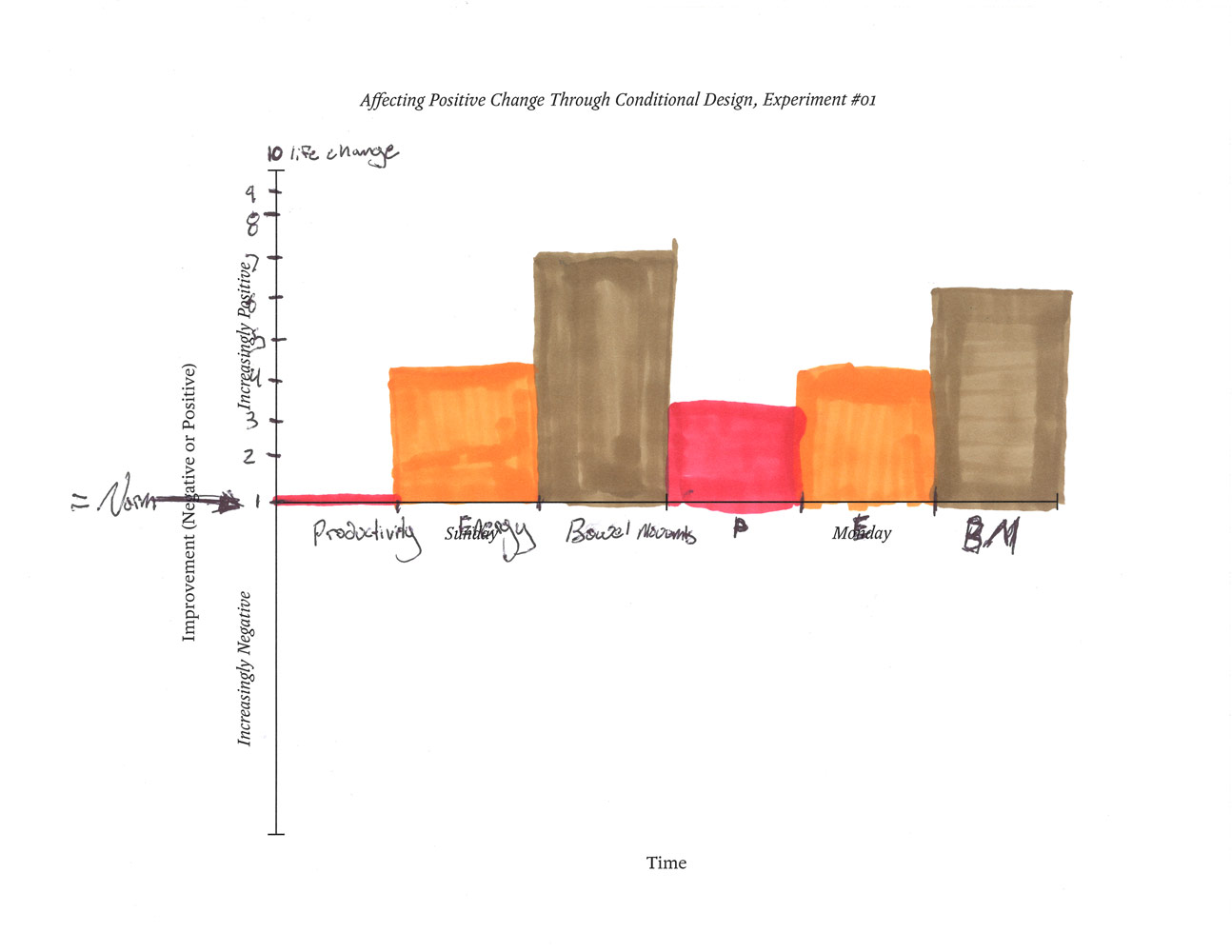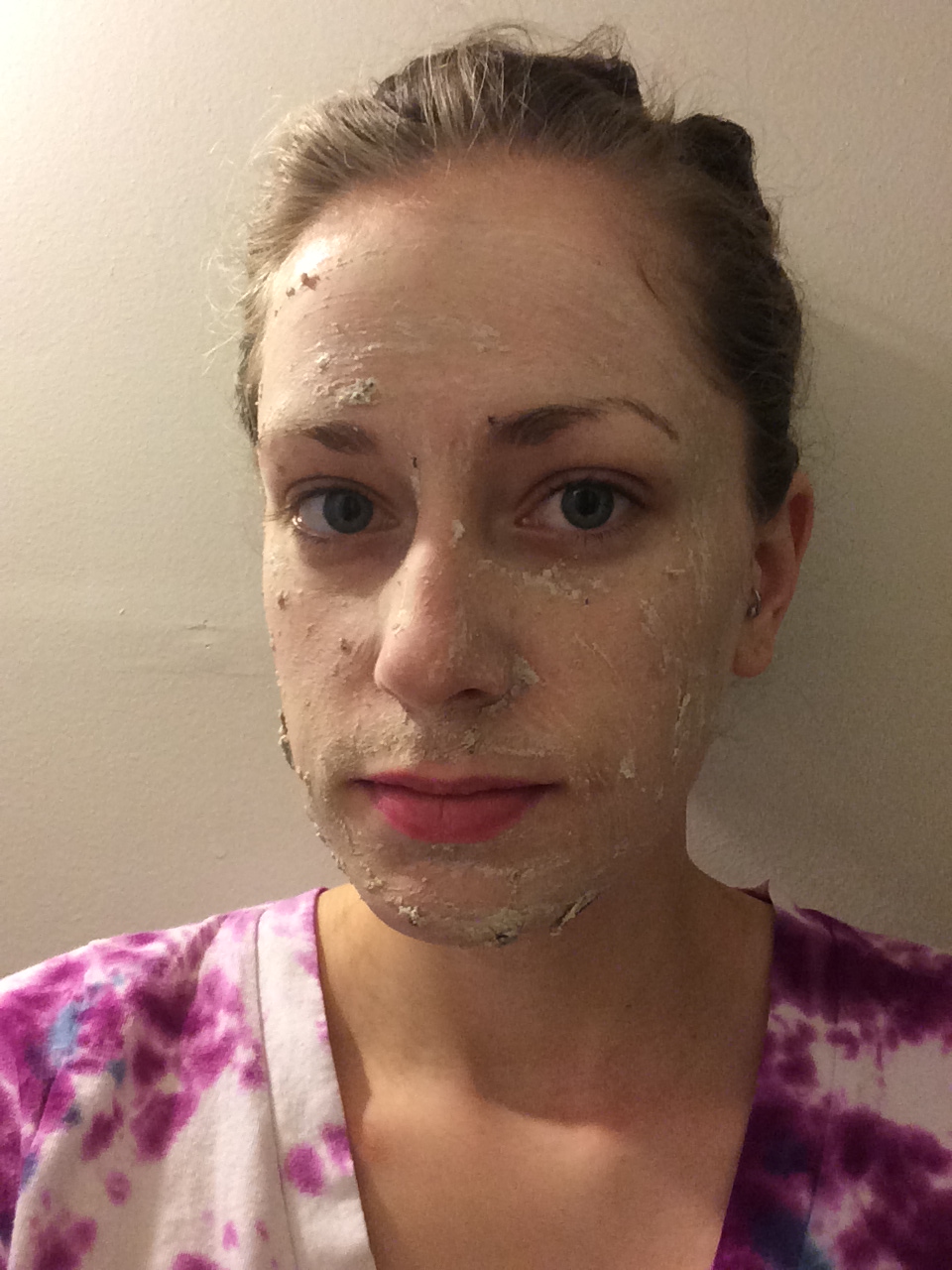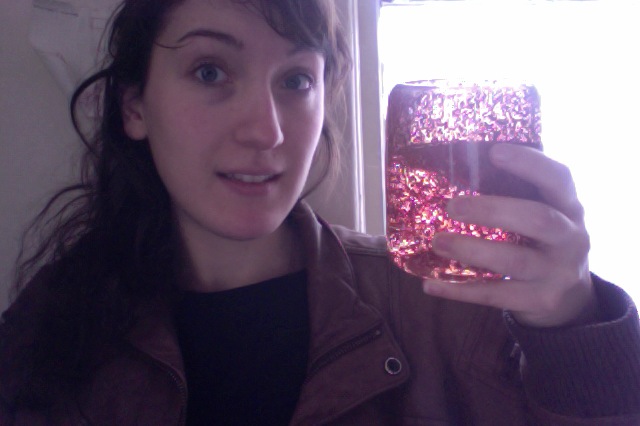In the short story How Conditional Design Changed the World, the author Koert van Mensvoort describes the fictional history of the the Chinese city Zhiango. The city was 100% planned, but failed in less than six years due to a “complete mismatch between plan and reality.” A new mayor was sent in from Beijing, in an effort save the city. He slowly began reforming the city, but instead of using the rigid centrally directed structure the city was built upon, the new mayor opted for using what he learned in a Conditional Design workshop. He designs simple rules for the city to use, and they slowly rebuild the city based on Conditional Design.
Of course, in the story, the city becomes a resounding success. The mayor creates new rules, the citizens implement them. But the story doesn’t cover the relationship between the user and the designer—or at least it assumes every rule is a success. This is surprising, as design is a collaboration, a conversation between designer and user. The citizens of Zhiango never have a problem with the rules they’re following, even though designed by a Mayor from another city they’ve never met.
So I created an experiment, exploring the possibility of positively changing someone’s daily routine using conditional design. For six five of my friends, I designed a simple rule to follow that altered their day in a minor way with the goal of improving their day (such as: “Eat a large breakfast.” or “Don’t visit Facebook the entire day.”). In addition, each participant was asked to follow a simple documentation process. The experiment took place over two days, Sunday, January 19th and Monday, January 20th.

Preliminary conversation:
Jezabel: Really…Meditation?
Me: Why, is that bad?
Jezabel: Have you met me?
Me: Why? What makes you say that?
Jezabel: Well, I never have a minute of quiet or am by myself…I’m always running to get something done and sitting somewhere for 20 minutes not thinking about anything seems to be against my nature. Anyway, I will try it for your project’s sake.





































The results in this experiment are generally positive, if only to a minor degree. Closer inspection of each participant's graph reveals strong variance between improvement and regression. Experiment participants reported back that better results could have been obtained over a longer time, such as week, to allow the conditions to become habits.